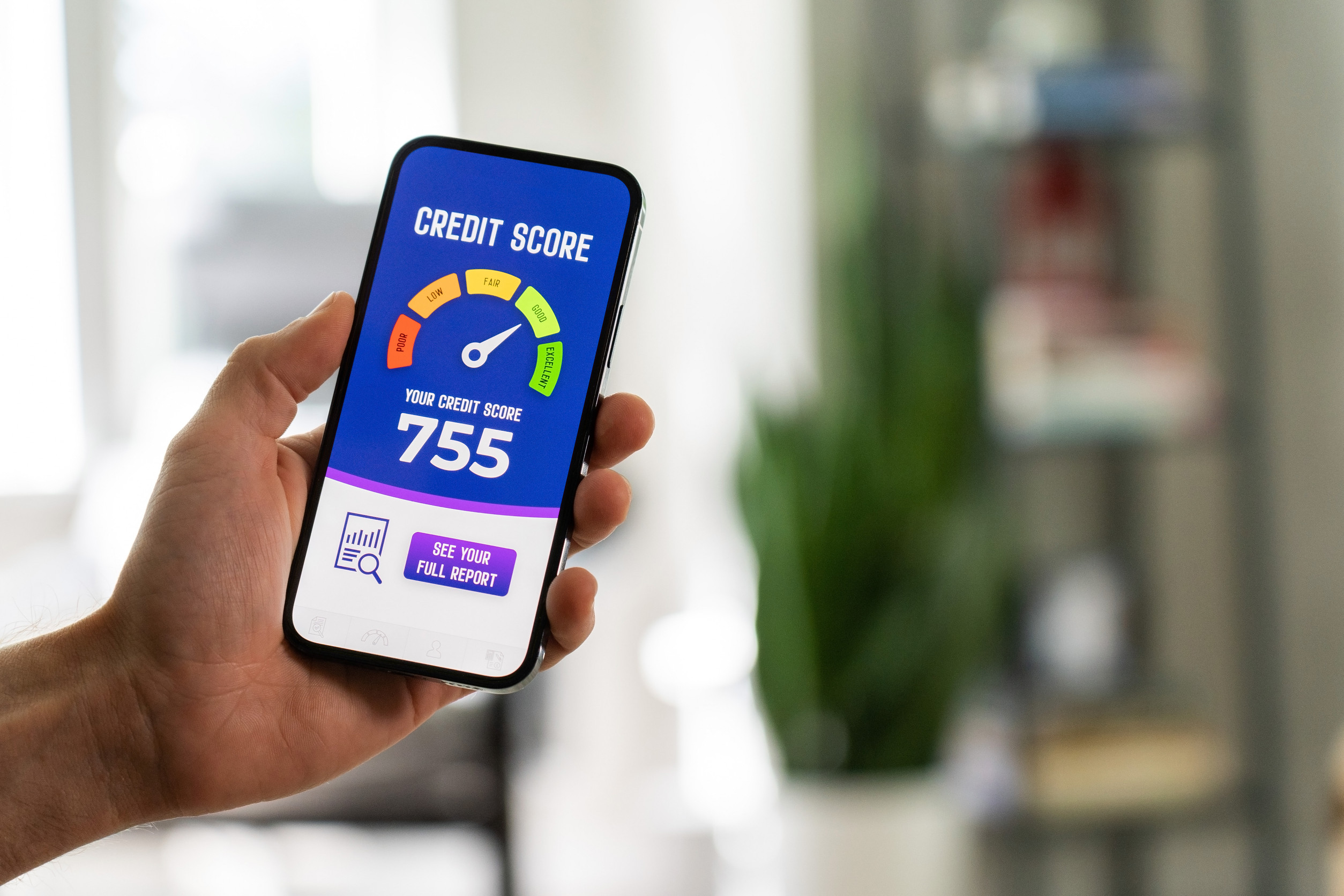
Everyone wants a better credit score, especially when it’s time to buy a home, get a car, or secure a business loan. Advice is everywhere—blogs, TikToks, forums—pushing fast-track tricks that promise to boost your credit overnight. But not all of these so-called hacks are helpful in the real world, especially when a lender is sizing up your financial reliability.
Some moves that seem clever in theory can raise red flags or trigger unintended consequences at the worst possible time. Before trying to game the system, it’s worth knowing which shortcuts can actually sabotage your chances of getting approved.
1. Rapidly Paying Off All Credit Cards to $0
Wiping credit card balances to zero might sound like a no-brainer, but timing matters. Lenders want to see active, responsible use of credit—not just a clean slate. If a report shows no recent usage, it can look like the borrower isn’t engaging with credit at all. This can lower a credit score temporarily and raise doubts about real-time financial behavior. A zero balance across all cards at the time of a credit pull can make someone look inactive, not creditworthy.
2. Opening a New Credit Card Right Before Applying
Opening a new credit card increases available credit, which can lower utilization ratios, but it also triggers a hard inquiry and shortens average account age. That mix can ding a score in the short term, especially if the application is close to a loan request. Lenders might question why a new line of credit was suddenly needed and whether it signals financial instability. Even a small drop in score can move someone into a less favorable loan bracket. A stronger credit profile isn’t just about numbers—it’s about patterns that signal responsibility over time.
3. Becoming an Authorized User on Someone Else’s Card
Piggybacking on a relative’s or friend’s long-standing credit card might give a score a quick boost, but lenders don’t always count this as a true reflection of financial behavior. If the primary cardholder racks up debt or misses payments, the authorized user takes a hit too. Some underwriters even strip out authorized user accounts when evaluating loan eligibility. The move may help a score superficially, but it doesn’t show the borrower’s independent credit habits. Relying on someone else’s credit can easily backfire under close financial scrutiny.
4. Disputing Legitimate Negative Items Right Before Applying
Disputing valid negative marks—like late payments or charge-offs—can temporarily remove them from reports, giving the illusion of a cleaner credit history. But lenders can see the dispute activity and may delay or deny loan processing until it’s resolved. Underwriters often view last-minute disputes as attempts to manipulate the report rather than genuine error corrections. If a dispute is denied or reversed after a loan is approved, it could trigger changes in loan terms or even cancellation. This tactic often creates more complications than benefits.
5. Closing Old Accounts to “Simplify” Credit
Many borrowers think closing old, unused accounts will streamline their profile and eliminate risk. In reality, closing a long-standing account can shorten average account age and reduce available credit, both of which can hurt a credit score. It also removes a positive history that contributes to a strong credit foundation. Lenders want to see a long, stable track record—not a newly scrubbed report with fewer accounts. Cutting off good history weakens the overall credit picture and can lower approval chances.
6. Maxing Out Cards to Build Payment History
Some believe that carrying high balances and then paying them off builds stronger history and creditworthiness. But high utilization—even if paid off monthly—can still drop scores significantly if the balance is reported before payment clears. Lenders viewing that snapshot may see a borrower living at the edge of their means. A consistent pattern of near-maxed cards can signal risk, not reliability. Using credit lightly but regularly is more effective than aggressive borrowing and repayment cycles.

7. Applying for Multiple Credit Products at Once
Submitting several credit applications at the same time can appear strategic, especially for those hunting for the best rates. But each application creates a hard inquiry, and a cluster of them can spook lenders. It suggests desperation or instability, especially if multiple credit types are involved like credit cards, auto loans, and personal loans. Even if the intent is smart shopping, the optics can sabotage a credit decision. It’s better to pace applications and protect the credit profile from excessive dings.
Smart Credit Is Strategic Credit
Building good credit isn’t about gaming the system—it’s about demonstrating consistent, responsible behavior over time. Hacks that offer quick boosts can sometimes damage the credibility needed when it counts most. Lenders are increasingly sophisticated in spotting patterns that don’t match real financial stability. When planning a major financial move, it’s critical to think long-term and avoid shortcuts that come with hidden costs. Have you tried any of these hacks—or seen them backfire? Share your experience or thoughts in the comments.
Read More
7 Credit Card Perks That Come with Hidden Pitfalls
5 Secrets Banks Don’t Want You to Know About Your Credit Score
The post 7 Credit Score Hacks That Backfire When You Need a Loan appeared first on Everybody Loves Your Money.







